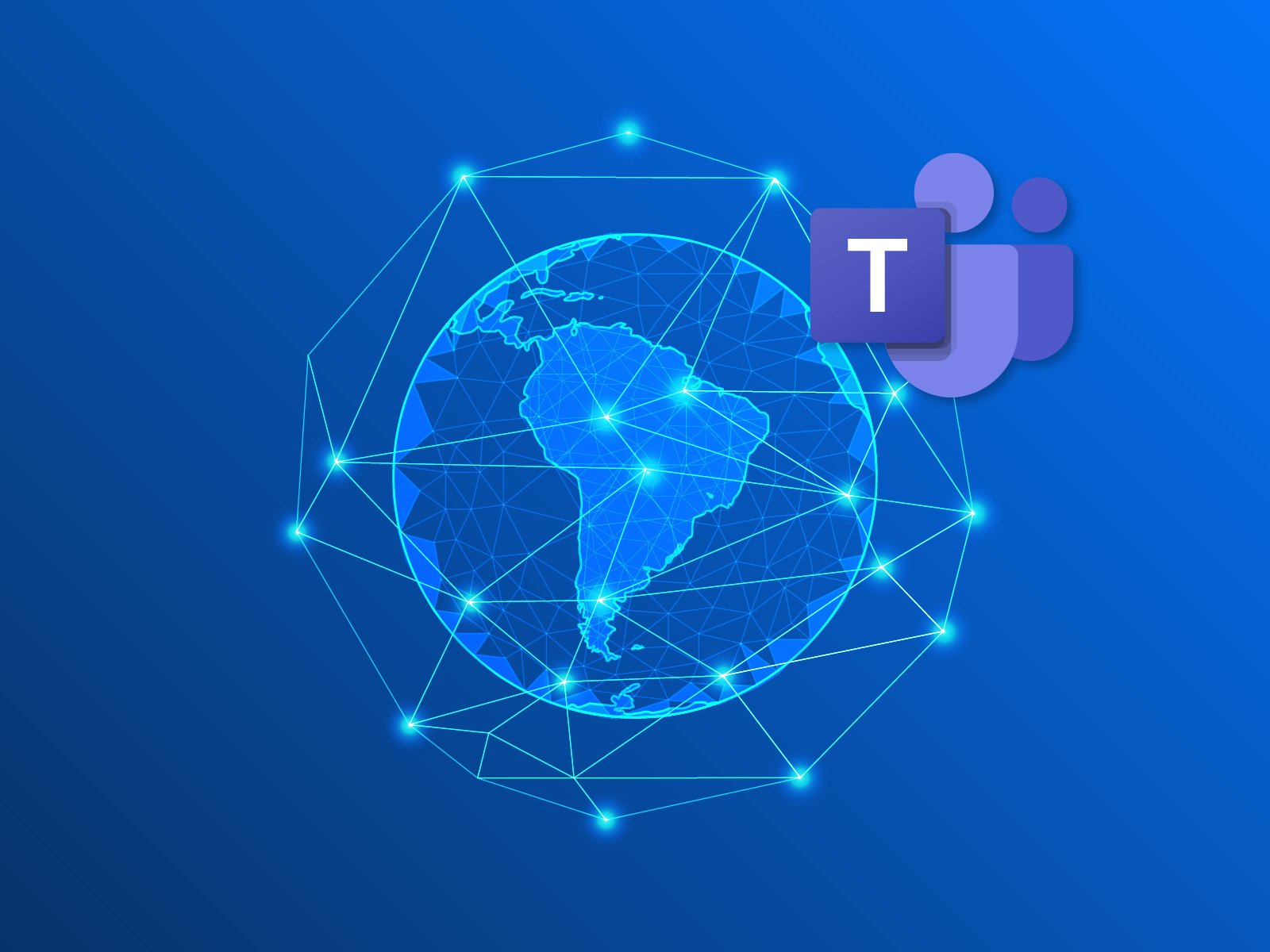UCaaS vs CPaaS: What’s the Difference?
The key difference between UCaaS and CPaaS is how they provide the service. UCaaS provides a ready-to-use communication suite for internal team collaboration, while CPaaS offers flexible APIs for developers to build custom communication features into apps and customer-facing platforms. UCaaS is a plug-and-play solution, while CPaaS is a build-your-own toolkit for communication features.
How are they similar? What are the key differences? What does it mean for companies implementing UCaaS and CPaaS solutions? Let’s take a look.
What is UCaaS?
UCaaS is the commonly known acronym for Unified Communications as Service and is a category of “as a service” or “cloud” delivery mechanisms for enterprise communications. With UCaaS, unified communication services can be made available from the cloud to businesses from SMB to enterprises. UCaaS is part of a global industry trend towards cloud services, also known as “digital transformation”. One of the greatest rationales for UCaaS is that it allows a company to shift from a capital investment (CapEx) to an operating costing model (OpEx) as well deliver a scalable platform that enables a company to rapidly increase their consumption and consume more licenses with ease, or decrease consumption without need for capital.
Key Benefits of UCaaS
1. Streamlined User Experience
UCaaS platforms integrate seamlessly with the tools your team already uses, allowing for a smooth transition and minimal disruption. With everything—from messaging to meetings—available in one unified space, communication becomes more intuitive and collaboration flows effortlessly.
2. Operational Efficiency
Managing users, devices, and settings across multiple locations becomes simple with a centralized platform. IT teams spend less time on routine maintenance, freeing them up for higher-value work. This level of control helps ensure that resources are used efficiently where they’re needed most.
3. Flexibility and Mobility
Whether your team is hybrid, remote, or fully on the move, UCaaS makes it easy to stay connected. Employees can access everything they need from virtually any device, at any location—keeping productivity high no matter where work happens.
4. Robust Security
With built-in protections and compliance-ready architecture, UCaaS platforms offer strong defense for your data. Security is not an afterthought—it’s a core feature designed to give you peace of mind.
5. Advanced Communication Capabilities
From reliable voice and telephony services to high-definition video meetings and real-time messaging, UCaaS covers every angle of business communication. Team presence indicators and collaboration apps keep everyone aligned, while integrated contact center features support seamless customer interactions.
6. Innovation and Scalability
With AI-enhanced features, UCaaS platforms help automate tasks and streamline workflows. Designed for mobile-first environments, they support modern IP phones and adapt as your business grows—scaling effortlessly to match your needs without skipping a beat.
UCaaS offers a completely virtual communications environment—flexible, secure, and built for the way modern teams work. As the go-to communications infrastructure for businesses around the world, it's constantly evolving with new innovations to meet changing needs and expectations.
What is CPaaS
CPaaS stands for Communications Platform as a Service and is also a cloud-based platform that empowers developers to add and customize real-time communication features to their own applications. The CPaaS component of the software stands as a foundation for other communication platforms that are simply “plugged” in; avoiding the need for extra hardware and software.
CPaaS capabilities are consumed by means of CPaaS providers and APIs. With CPaaS users can connect seamlessly while managing multiple devices including web browsers, tablets and mobiles and no longer is communication capability dependent on the device itself.
With CPaaS communications API, it’s possible to provide web-based chat through an application, click to call, instant messaging, group texts and chats, conference calling, translate speech, request emergency help and more.
Benefits of CPaaS: How CPaaS Helps Businesses
CPaaS (Communications Platform as a Service) empowers businesses to embed real-time communication features into their apps—without building infrastructure from scratch. Here's how it adds value:
1. Enhanced Customer Engagement
Add features like chat, voice, or video directly into websites and apps. This makes customer support more accessible and responsive.
2. Faster Time to Market
With ready-to-use APIs, businesses can roll out communication features quickly—without heavy development or setup costs.
3. Scalability on Demand
CPaaS grows with your business. Whether you're adding new regions, teams, or services, communication features scale easily with cloud-based flexibility.
4. Seamless Omnichannel Experiences
Enable communication across channels—SMS, in-app chat, email, voice—through a single API-driven solution. Ideal for businesses delivering support and services on multiple platforms.
CPaaS Examples for Enterprise Communications
Healthcare Providers Enabling Secure Patient Communication
Hospitals and clinics use CPaaS to integrate HIPAA-compliant SMS and voice features into patient portals, allowing appointment reminders, lab result notifications, and virtual consultations—all without requiring third-party apps.
Financial Institutions Enhancing Customer Support
Banks and fintech companies embed CPaaS-powered chatbots, two-way SMS, and voice verification into their mobile apps for secure, real-time customer service—reducing wait times and fraud risk.
Managed Service Providers Offering Custom Voice Solutions
Telecom providers and MSPs use CPaaS to deliver white-labeled voice, messaging, and video features to their clients—allowing customized solutions without the cost of building infrastructure from scratch.
Enterprises Integrating CPaaS into CRM & Contact Centers
Businesses integrate CPaaS APIs directly into their CRM or contact center platforms (like Salesforce or Microsoft Teams) to enable features like click-to-call, SMS alerts, and automated outbound calls—streamlining agent workflows and improving response times.
Which One Do You Need: UCaaS or CPaaS?
Choosing between UCaaS and CPaaS depends on how much control and customization your business needs. Here’s when to use each—and real-world examples to help clarify.
Use UCaaS When You Need a Complete, Ready-to-Use Solution
UCaaS is ideal for companies that want a plug-and-play platform for internal and external communication. It includes voice, video, messaging, and conferencing—all in one place.
Example:
A law firm adopts UCaaS to give its employees a unified communication system across offices. With integrated video meetings, voicemail-to-email, and team messaging, no technical customization is needed, and staff can connect from anywhere.
Use CPaaS When You Need Custom Communication Features
CPaaS is best for businesses that want to embed communication tools directly into their own apps or platforms using APIs. It offers full flexibility for custom use cases.
Example:
A telehealth startup uses CPaaS to embed video calling, appointment reminders via SMS, and secure in-app chat into their patient portal—delivering a personalized experience without relying on third-party software.
Are UCaaS and CPaaS Separate Services? Not Always.
Yes, there are some UCaaS providers that only offer UCaaS capabilities and limit customization, however, as enterprises continue to demand more communications synergy, both internally and externally, UCaaS providers are shifting toward incorporating CPaaS into their offerings to make their solutions more compelling for customers.
The Future of UCaaS & CPaaS Integration
Vendors that combine UCaaS and CPaaS together to marry their robust capabilities, are making it easy for enterprises to customize their UCaaS solutions to meet all of their communication needs via one vendor.


/univoip-feat-whatisUCAAS.jpg)